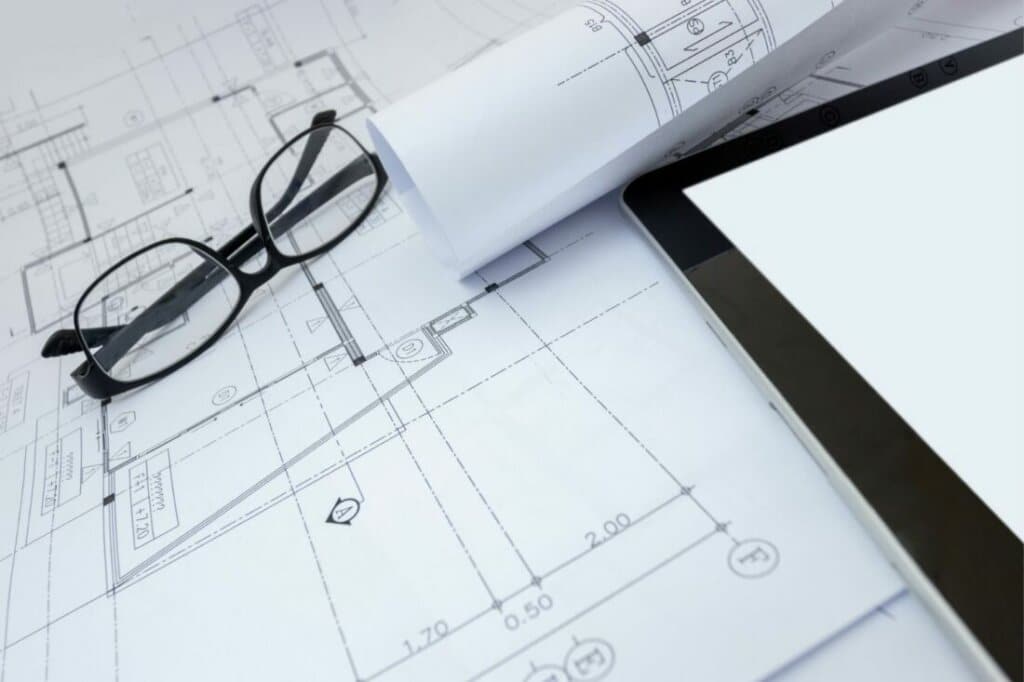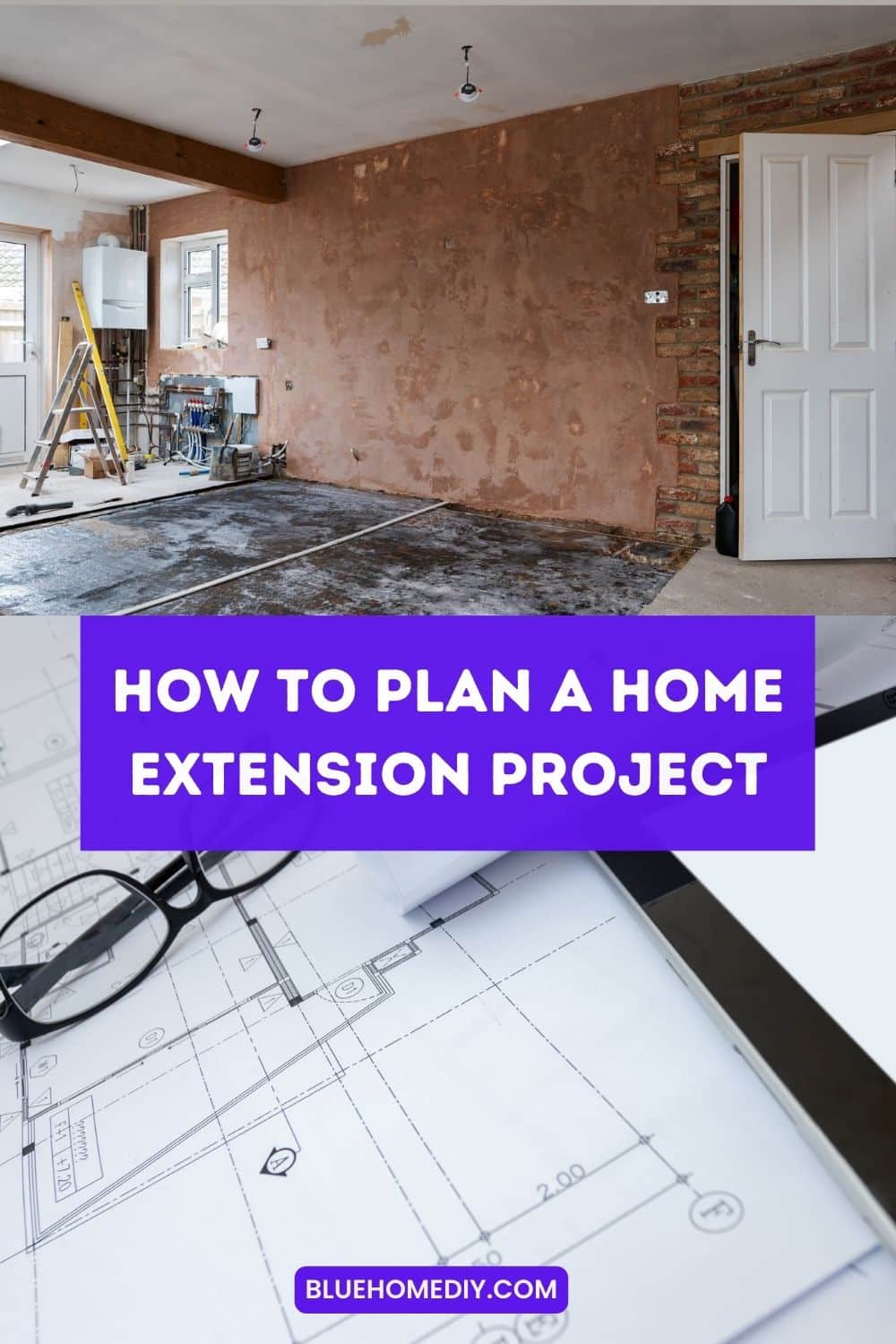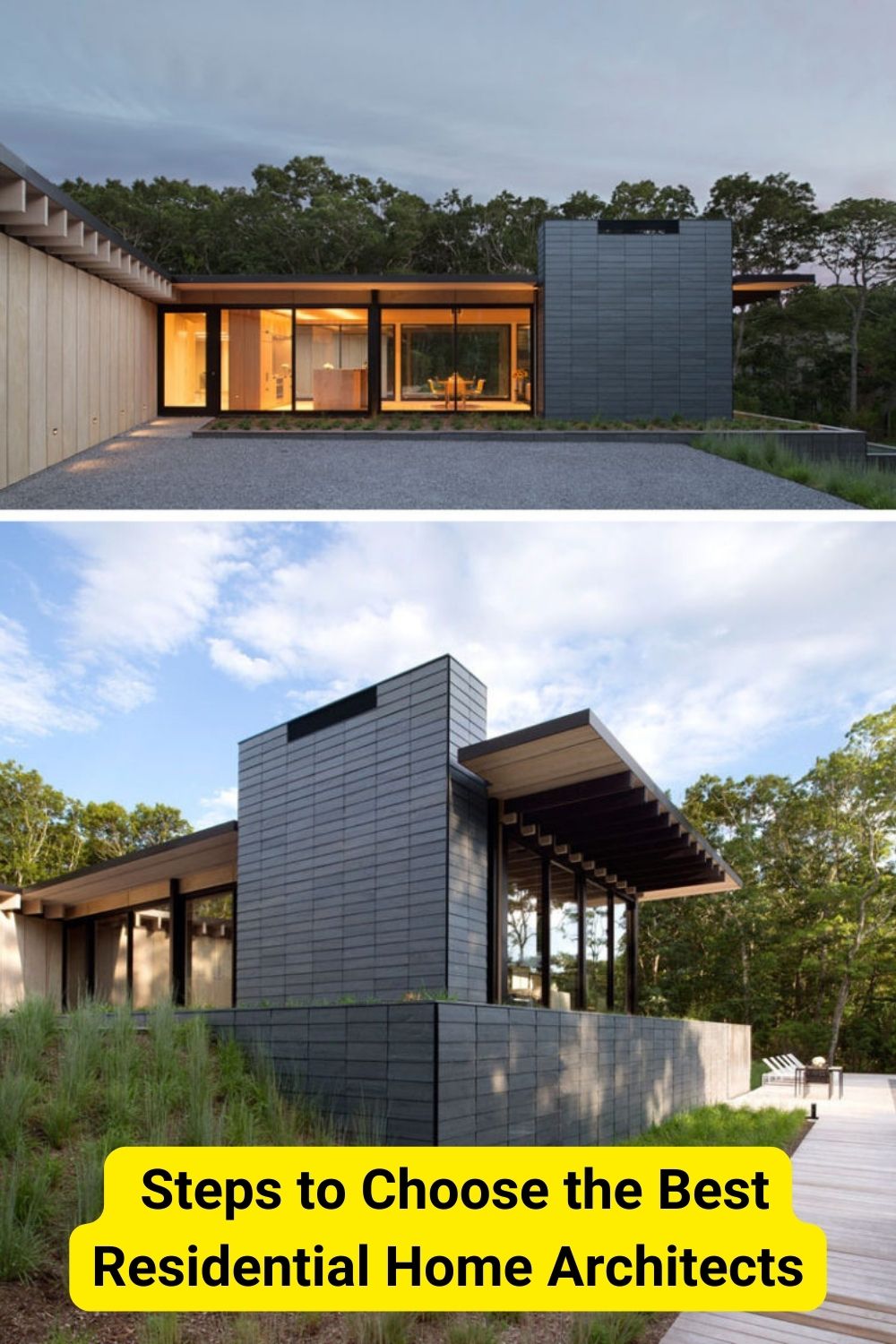Planning a home extension project may seem like an excellent idea if you feel cramped in your current living space. However, this project can be daunting, especially if you need help figuring out where to start or how to go through construction, design, and budgeting complexities. Fortunately, proper planning and organization can transform your home into a more spacious and functional abode.
If you want to go through a home extension project on the right track, here are crucial measures for planning a successful one.
Define Your Objectives And Requirements
The initial step is to identify the main purpose of your home extension project. For example, you might add a master suite with an ensuite bathroom or create a larger living space for family gatherings. As you consider your options, look up house extension ideas and inspiration in Melbourne and other reliable sources for integrating concepts into your project.
It’s best to outline your specific needs and requirements, considering the space’s future use and any potential adjustments to your lifestyle. For example, consider the layout, storage, and lighting to create a productive and comfortable workspace if you plan to add a home office. By defining your objectives and requirements early in the process, you can ensure the additional space meets your specific needs and improves your lifestyle.
Determine A Budget Range
In any house project, the budget is an important element. Decide on the budget you can allot for your home extension project. For example, if you want to widen a room by 20 square feet, research the average cost in your area and multiply it by the total square footage of the extension. Cover any extra expenses such as architectural fees, permits, and potential upgrades such as high-end finishing or energy-efficient windows. Remember to factor in a contingency budget of around 10–20% for unanticipated expenses.
Look Into Building Permits And Regulations
Every location has specific building permits and regulations to keep in mind. Therefore, make it a priority to know the local building codes and regulations since these may impact the design and construction of your extension project.
For example, some states implement height restrictions or setback requirements. Consider contacting the local planning department to know if you require planning permissions or building permits for your project. Furthermore, you can gain guidance on any specific requirements or restrictions in your location.
Employ The Services Of Professionals

A home extension project may be a task some homeowners love to do by themselves. However, the lack the skills or time may make it more challenging. Hence, hiring a team of professionals to assist with the design and construction may be best.
For example, an architect can help create a seamless extension for your home that complements the current structure, or consult a structural engineer if you want guidance on the foundations or load-bearing walls. It’s best to conduct research and interview potential candidates, noting down references, licenses, and insurance coverage before making an informed decision.
Brainstorm A Design Plan
If you hire professionals to assist with your home extension project, make sure to collaborate when developing a detailed plan. This is a crucial stage for your project since it establishes the foundation of the entire construction process. It should include the floor plans, elevations, and structural details, along with your requirements and the current home’s architecture.
For instance, consider factors such as storage, workflow, and lighting if you plan to widen the kitchen space. Make it a priority that the design is functional while also complementing your current home’s style and capable of catering to your specific needs.
In another scenario, consider improving the energy efficiency of your additional space. You can achieve this by integrating double-glazed windows, insulation, and energy-efficient appliances. Doing so helps reduce energy consumption and utility costs while maintaining a sustainable lifestyle.
Gather Quotes From Potential Contractors
After developing a detailed design plan, gather quotes from at least three reputable contractors. Present your design plan and specifications and request a comprehensive outline of all costs, including labor, materials, and any subcontractors. Carefully compare these quotes from a price perspective and on factors such as experience, previous client feedback, and capability to comply with your desired timeline.
Secure Financing For Your Project
If you require additional funding for your home extension project, consider exploring financial options such as personal loans, home equity loans, or contractor financing. Review these options’ repayment terms, interest rates, and potential fees. Make sure you have all the necessary funds ready before starting the construction to avoid delays or financial strain during the project.
Prepare For The Construction
Before the home extension project starts, inform neighbors of any potential disruptions, such as dust or noise. Clear the area where the extension will be constructed and make arrangements for temporary accommodations if necessary.
Monitor The Progress
The ideal course of action is to remain actively involved throughout the building process and keep open communication lines with the team of experts you hire. Make it a priority to routinely inspect the progress to ensure the work stays on schedule and adheres to the design plan and building regulations. Deal with any concerns or issues immediately to avoid delays or extra costs.
Tackle The Inspections And Approvals
Arrange for any required inspections by the local authorities throughout the construction project. These inspections usually cover plumbing, structural integrity, and fire and electrical safety. As your home expansion project reaches completion, schedule a final inspection and approval to confirm your project complies with all.
Final Thoughts
Planning an upcoming home extension project requires taking into consideration several key factors. It involves careful consideration, organization, and attention to detail. Make it a priority to define your objectives and requirements, decide on a realistic budget, research the building regulations and permits, hire professionals, and monitor the progress. Doing so ensures you can create an aesthetic and functional space for your home.
Although the journey can be challenging, the outcome is a worthwhile investment with a spacious, inviting living area that caters to your needs and boosts overall home value. With proper planning and execution, your ideal home extension can become a reality.





Leave a Reply